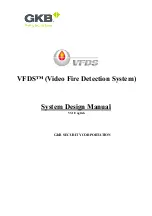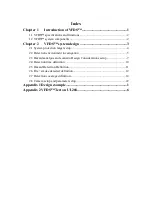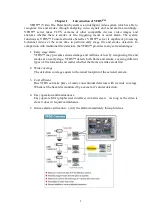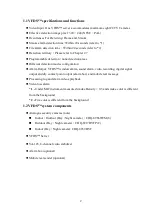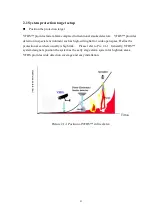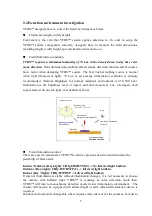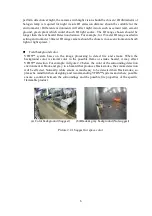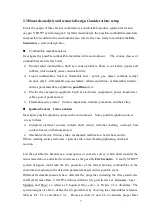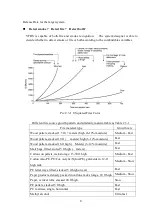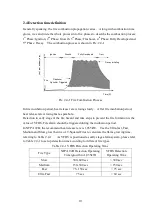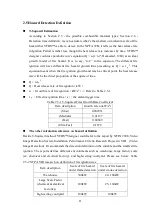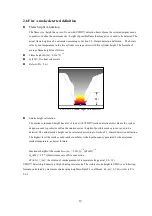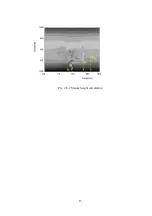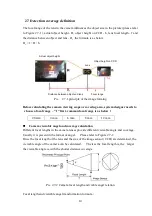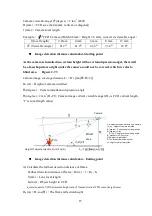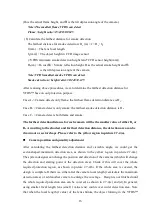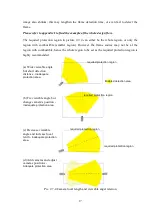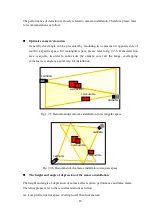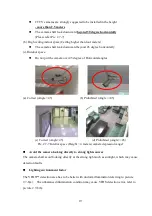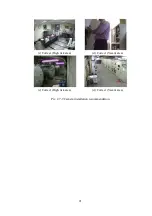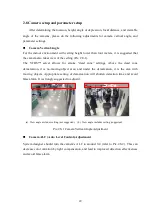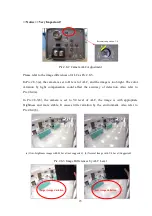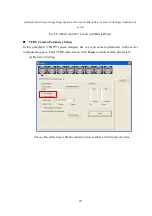
10
2.4 Detection time definition
Generally speaking, the fire combustion propagation varies. Along with combustion time
grows, we can divide the whole process into five phases to describe the combustion process:
1
st
Phase: Ignition, 2
nd
Phase: Growth, 3
rd
Phase: Flashover, 4
th
Phase: Fully Developed and
5
th
Phase: Decay. The combustion process is shown in Pic. 2.4-1.
Pic. 2.4-1 Fire Combustion Process
In fire incubation period, heat release rate is rising slowly. After fire incubation period,
heat release rate is rising fast as parabola.
Detection in early stage of the fire hazard and take steps to prevent the fire formation is the
value of VFDS. Fire alarm should be triggered during the incubation period.
In NFPA 92B, the recommend heat release rate is 1,055kW. Use the Ultra-fast, Fast,
Medium and Slow growth curve of T-Squared Fires to calculate the flame growing time,
referring to Table 2.4-1. As VFDS is positioned as early stage alarm system, please refer
to Table 2.4-1 to set up detection time according to different fire types.
Table 2.4-1 VFDS Detection Operating Time
Fire Type
NFPA 92B Detection Operating
Time(growth to 1,055kW)
VFDS Detection
Operating Time
Slow
300~600 sec
< 300 sec
Medium
150~300 sec
< 150 sec
Fast
75~150 sec
< 75 sec
Ultra Fast
75 sec
< 60 sec
Ignition Growth Fully Developed
Decay
Decay initialing
H
e
a
t r
e
le
a
s
e
r
a
te
(k
w
)
Sprinkler Triggered
Fire
Time(S)
Flashover

